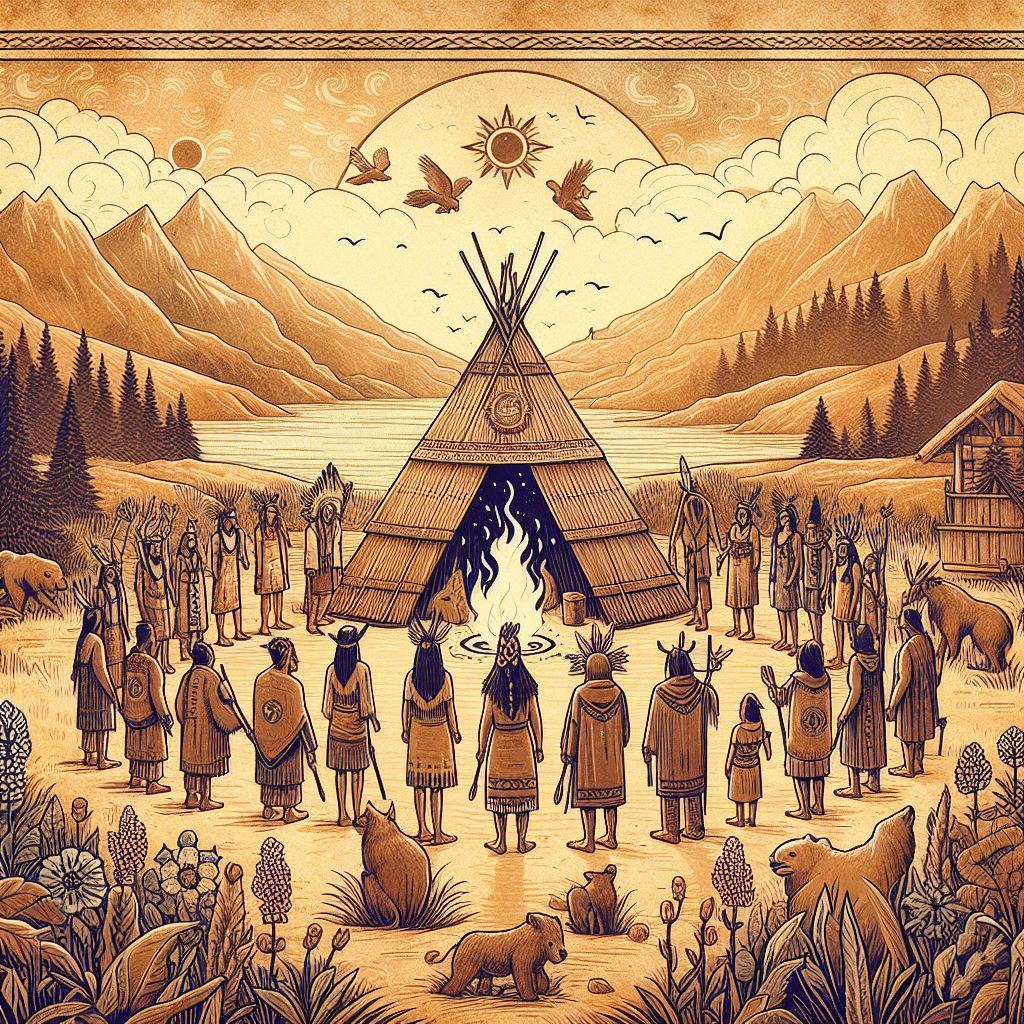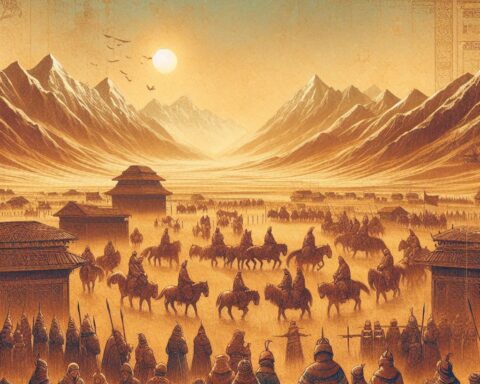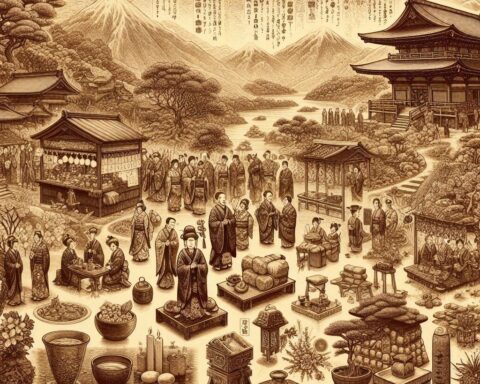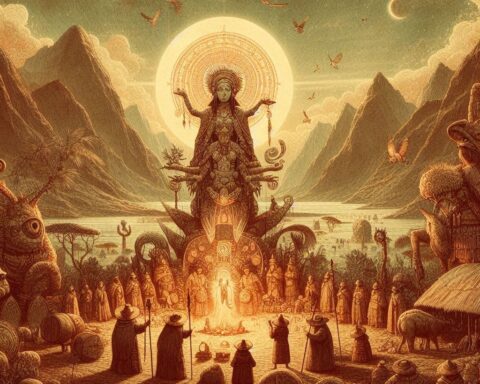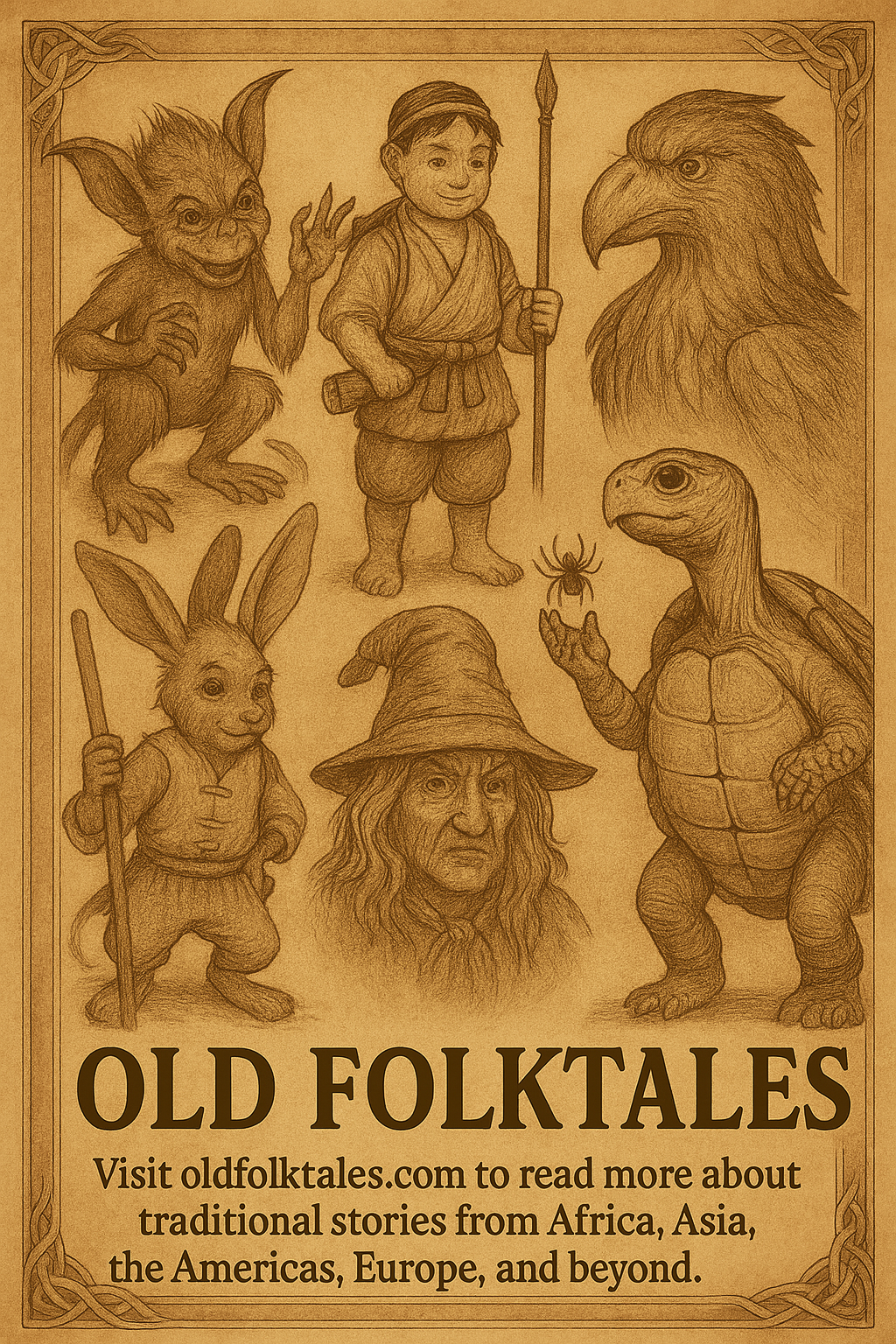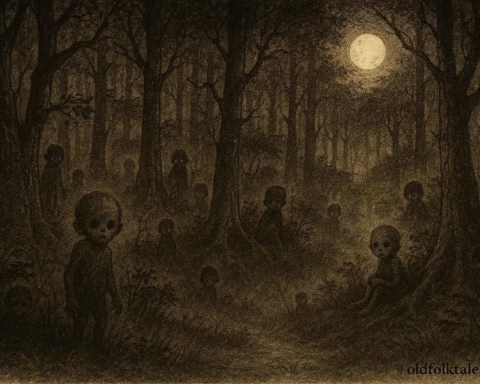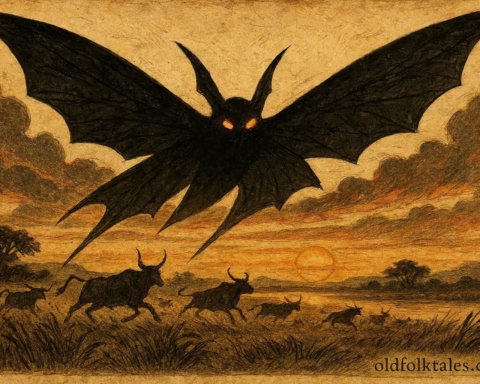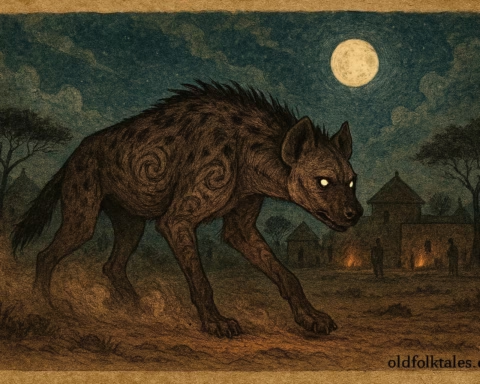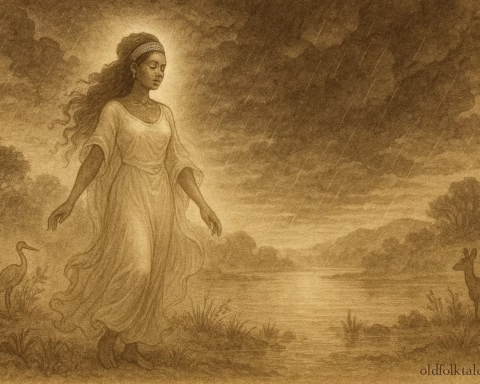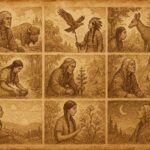In the old days, when the land was still young and the stars sat closer to the earth, elders told stories of the moment a child became more than just a child. Across Native American nations, this transformation was not marked by a birthday but by a journey, a test of spirit, body, and heart. These rites of passage, unique to each tribe, wove together sacred traditions, survival skills, and the wisdom of ancestors.
Here are ten such coming-of-age traditions, each carrying the weight of centuries and the light of lessons meant to last a lifetime.
1. Vision Quest (Lakota, Ojibwe, and others)
At the threshold of adulthood, a youth might be sent alone into the wilderness, fasting and praying for days. The goal: a vision, often brought by dreams, animals, or spirits, that would guide their life. The origins reach deep into the spiritual core of Plains culture, survival and meaning intertwined.
2. Sunrise Ceremony (Apache)
For Apache girls, the Na’ii’ees marks their journey into womanhood. Over four days, they dance, sing, and embody the spirit of Changing Woman, one of the tribe’s most revered figures. This rite is rooted in ancient creation stories, reminding all that women carry the cycles of life within them.
3. Potlatch Feasts (Coastal Northwest)
Among the Kwakwaka’wakw, Haida, and Tlingit, a young person’s new status might be honored with a potlatch, a grand feast where the family gives away wealth to the community. The tradition, centuries old, teaches that generosity defines true wealth.
4. Counting Coup (Crow, Cheyenne)
For young warriors of the Plains, bravery was tested in battle, not by killing, but by “counting coup,” touching an enemy and escaping unharmed. This originated in a warrior code that valued courage over destruction.
5. First Hunt Ceremonies (Inuit, Cree, and others)
In northern and woodland tribes, a boy’s first successful hunt is shared with the whole community. This act, rooted in respect for the animal’s spirit, ensures he learns that survival is communal.
6. Berry Fast (Haudenosaunee / Iroquois)
For up to a year, a girl reaching puberty avoids eating strawberries, considered the “leader of the berries.” Elders guide her in self-control, patience, and respect for the gifts of the earth.
7. Eagle Feather Presentation (Lakota, Dakota, and others)
Receiving an eagle feather, often after an act of bravery, skill, or leadership, is one of the highest honors. The eagle, seen as the messenger to the Creator, symbolizes vision and truth.
8. Climbing the Grease Pole (Cherokee and Southeastern tribes)
During certain celebrations, youth might attempt to climb a tall pole slicked with grease, claiming prizes at the top. Though playful, this tradition has roots in proving persistence and quick thinking.
9. Drum Awakening (Many Nations)
A young person might be entrusted with their first drum, made with animal hide and blessed in ceremony. This marks their role as a keeper of songs and history.
10. Name-Giving Ceremonies (Various Tribes)
When a youth comes of age, they may be given a new name reflecting a personal trait, vision, or deed. This name is a living story, linking them to both ancestors and future generations.
Origins of Native American Coming-of-Age Rites
These rites arise from a worldview in which life’s milestones are inseparable from spiritual, ecological, and communal responsibilities. Long before written history, Indigenous nations crafted these ceremonies to ensure that maturity meant more than physical growth, it meant learning humility, generosity, and balance with the world. Many rites are tied to seasonal cycles, animal migrations, or creation stories, making them as much a part of the land as the people themselves.
While colonization, forced assimilation, and boarding schools disrupted many traditions, communities have worked tirelessly to keep them alive or revive them, blending ancient practice with modern realities.
Knowledge Check
Q1: What is the purpose of a Vision Quest?
A1: To receive spiritual guidance and life direction through solitude, fasting, and prayer.
Q2: Which rite celebrates Apache girls entering womanhood?
A2: The Sunrise Ceremony, or Na’ii’ees, honoring Changing Woman.
Q3: Why is the first hunt shared with the community?
A3: To teach that survival and success are communal responsibilities.
Q4: What does receiving an eagle feather symbolize?
A4: Honor, vision, truth, and a connection to the Creator.
Q5: What lesson does the potlatch tradition teach?
A5: True wealth is measured by generosity, not possessions.
Q6: What does the drum represent in Native traditions?
A6: The heartbeat of the people and a link to songs, history, and spirit.
Cultural Origin: These rites span dozens of Native American nations, each shaped by its environment, spiritual beliefs, and oral traditions. While specific practices vary, all share the goal of preparing youth for adulthood with wisdom, humility, and connection to the people and the earth.
